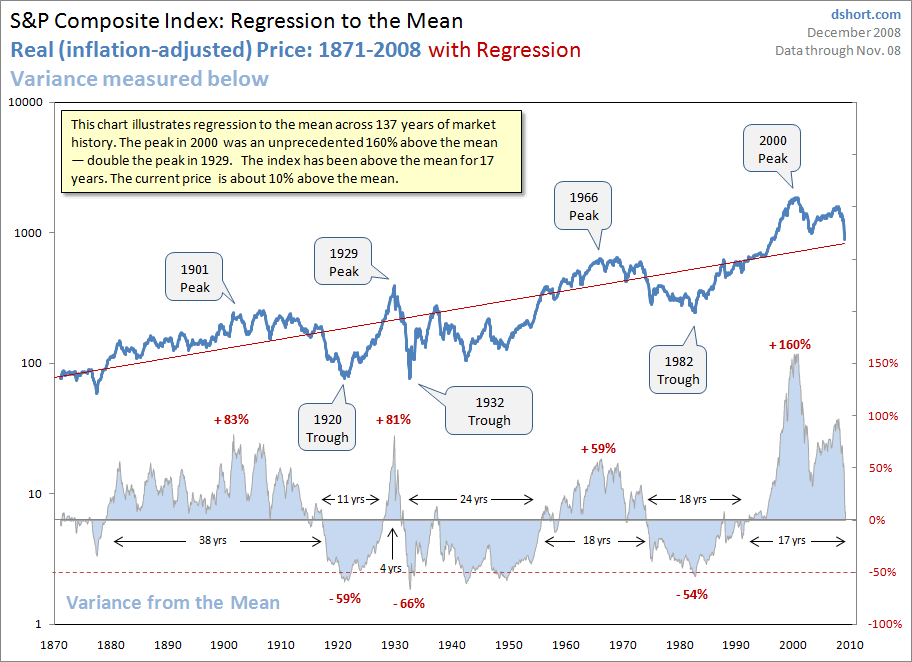Regression to the mean: what is it?

RTM is a statistical phenomenon that occurs when repeated measurements are made on the same subject or unit of observation. It happens because values are observed with random error. By random error we mean a non-systematic variation in the observed values around a true mean (e.g. random measurement error, or random fluctuations in a subject). Systematic error, where the observed values are consistently biased, is not the cause of RTM. It is rare to observe data without random error, which makes RTM a common phenomenon. The problem of RTM is not restricted to individual measurements. We now give an example where the effect of RTM is compounded by categorizing subjects into groups based on their baseline measurement(s). WATCH THIS VERITASIUM video by DEREK MULLER its just awesome gives a kick to neurons in your brain... http://www.youtube.com/watch?v=1tSqSMOyNFE&list=UUHnyfMqiRRG1u-2MsSQLbXA&feature=c4-overview
Easy Math Editor
This discussion board is a place to discuss our Daily Challenges and the math and science related to those challenges. Explanations are more than just a solution — they should explain the steps and thinking strategies that you used to obtain the solution. Comments should further the discussion of math and science.
When posting on Brilliant:
*italics*or_italics_**bold**or__bold__paragraph 1
paragraph 2
[example link](https://brilliant.org)> This is a quote# I indented these lines # 4 spaces, and now they show # up as a code block. print "hello world"\(...\)or\[...\]to ensure proper formatting.2 \times 32^{34}a_{i-1}\frac{2}{3}\sqrt{2}\sum_{i=1}^3\sin \theta\boxed{123}Comments
You can also think along the lines of a set of parent who are taller than the average population will give birth to children shorter than the average whilst the those sets of parents who are shorter than the average population will give birth to children taller than the average. I wonder if this phenomenon( RTM) is applicable to parent's IQ and their offsprings.